Understanding Methane and Carbon Dioxide Emissions in the Mackenzie Delta Region
Introduction: My Background
I specialize in measuring greenhouse gas (GHG) exchange in permafrost environments.
- PhD in Geography from UBC in 2023
- I started as a research scientists with the GSC in summer 2024
- “Cross posted” between GSC Northern and Pacific

Framing the Problem
The Arctic is warming ~3x faster than the global average.
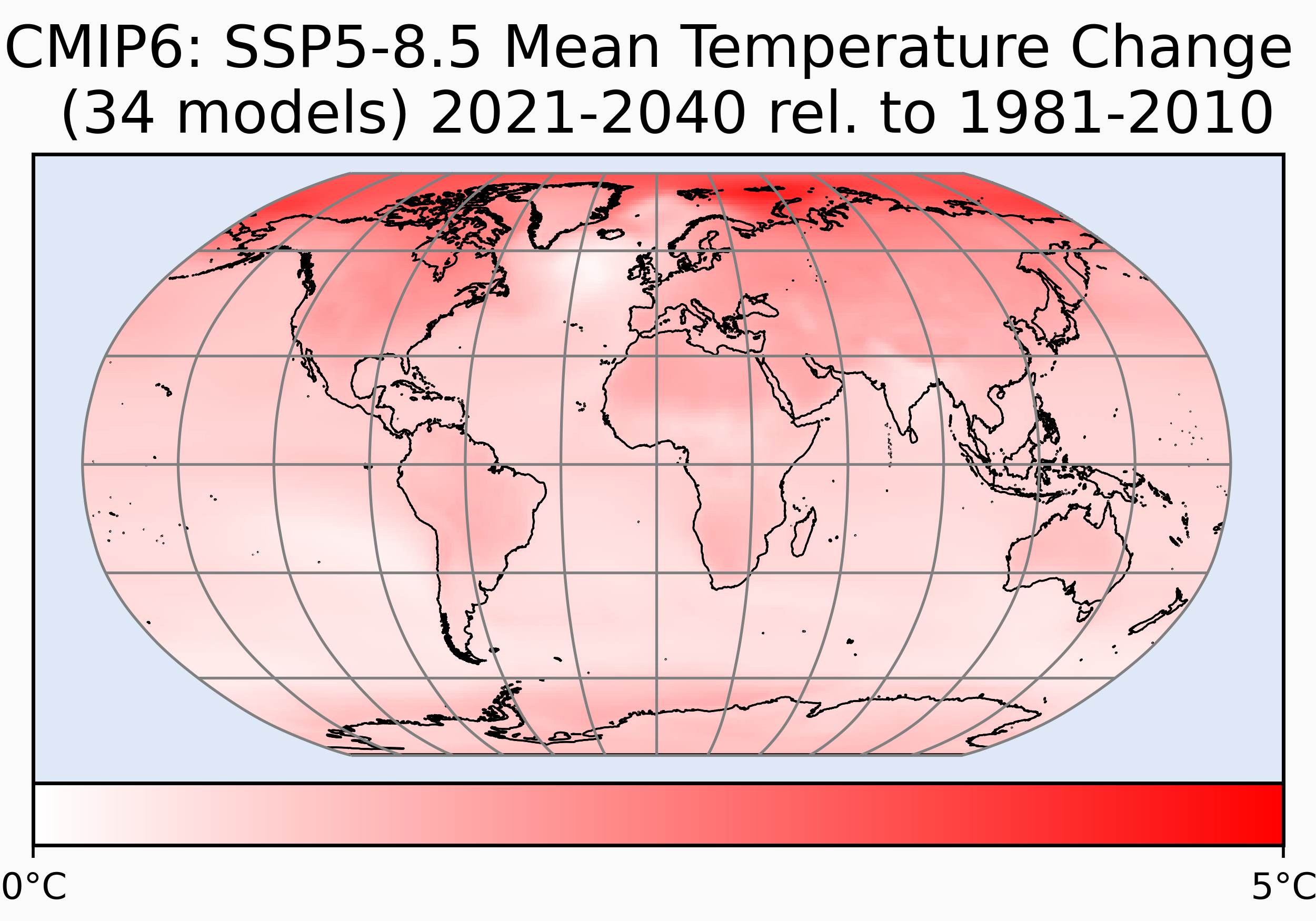
Image source: Skeeter 2022
Carbon-Climate Feedback
Climate change is shifting the carbon balance of the Arctic, which has far reaching global implications.
- Extended growing seasons
- ↑ Carbon uptake
- Permafrost degradation
- ↑ Carbon emission
- Flooding & coastal erosion
- ↑ Carbon emission
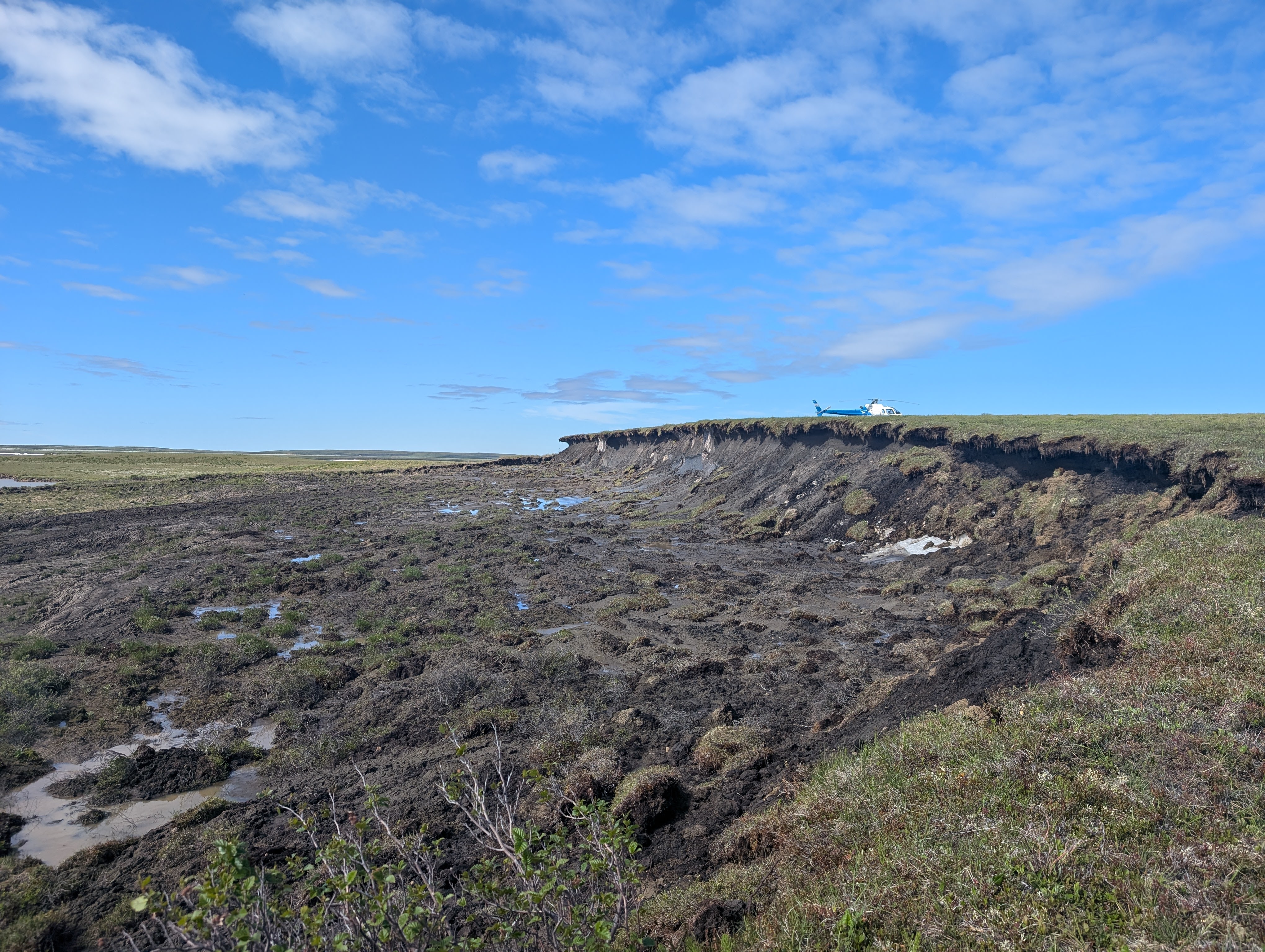
Importance of Methane
Natural methane emissions are not well understood but they impact our climate policy decisions.
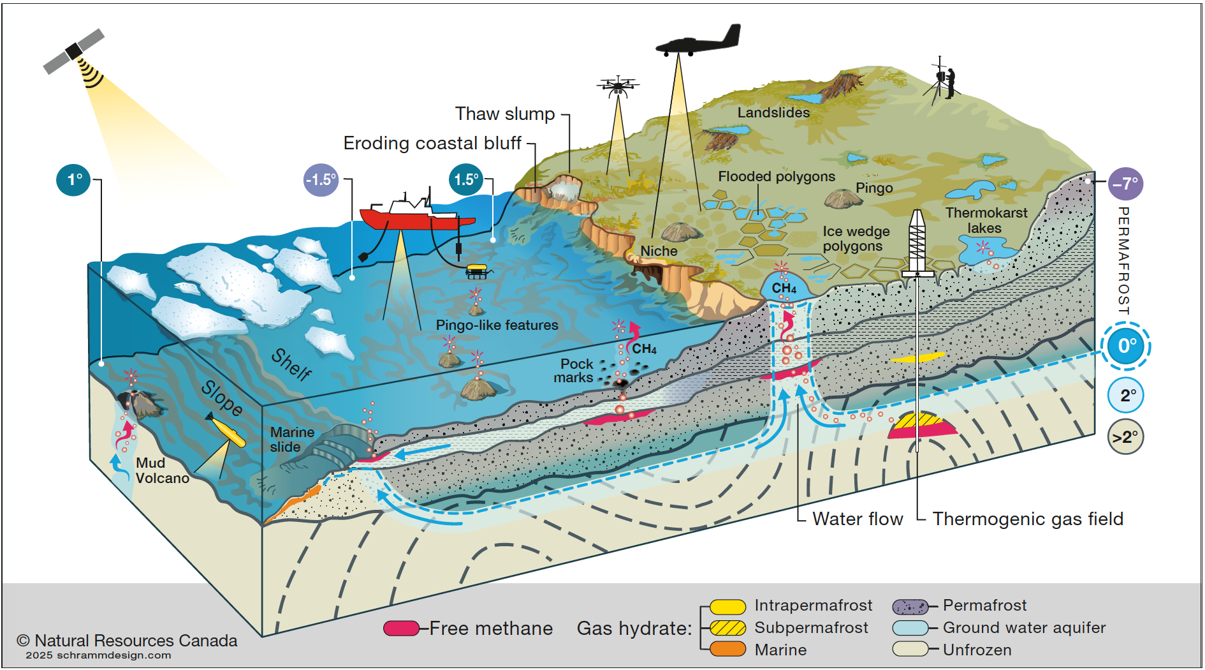
Source: GRID-Arendal, 2020
A Methane Hot-spot
The Mackenzie River Delta is hot-spot for methane in the Canadian Arctic. Aircraft and satellite have detected significant methane emissions.
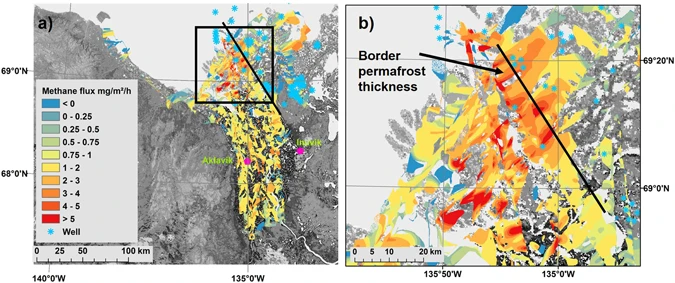
Source: Kohnert et al. (2017)
Biologic Emissions
The limited field based measurements available suggest of substantial growing season emissions over where permafrost is continuous.
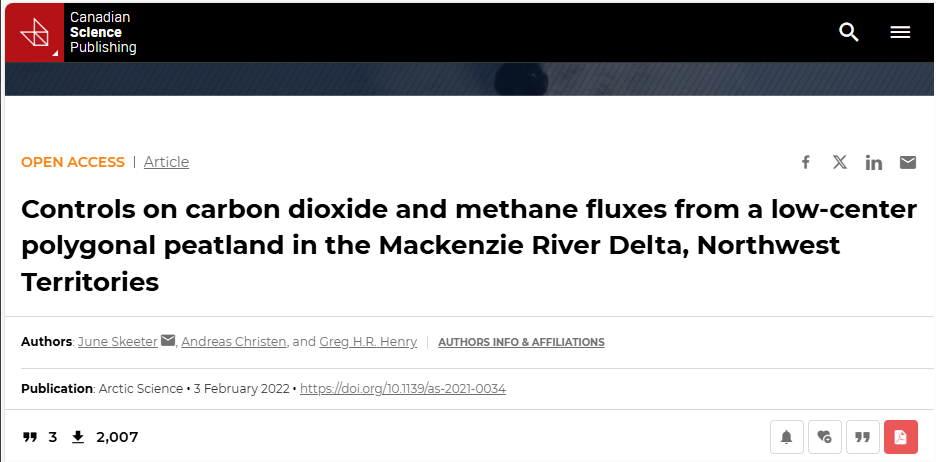
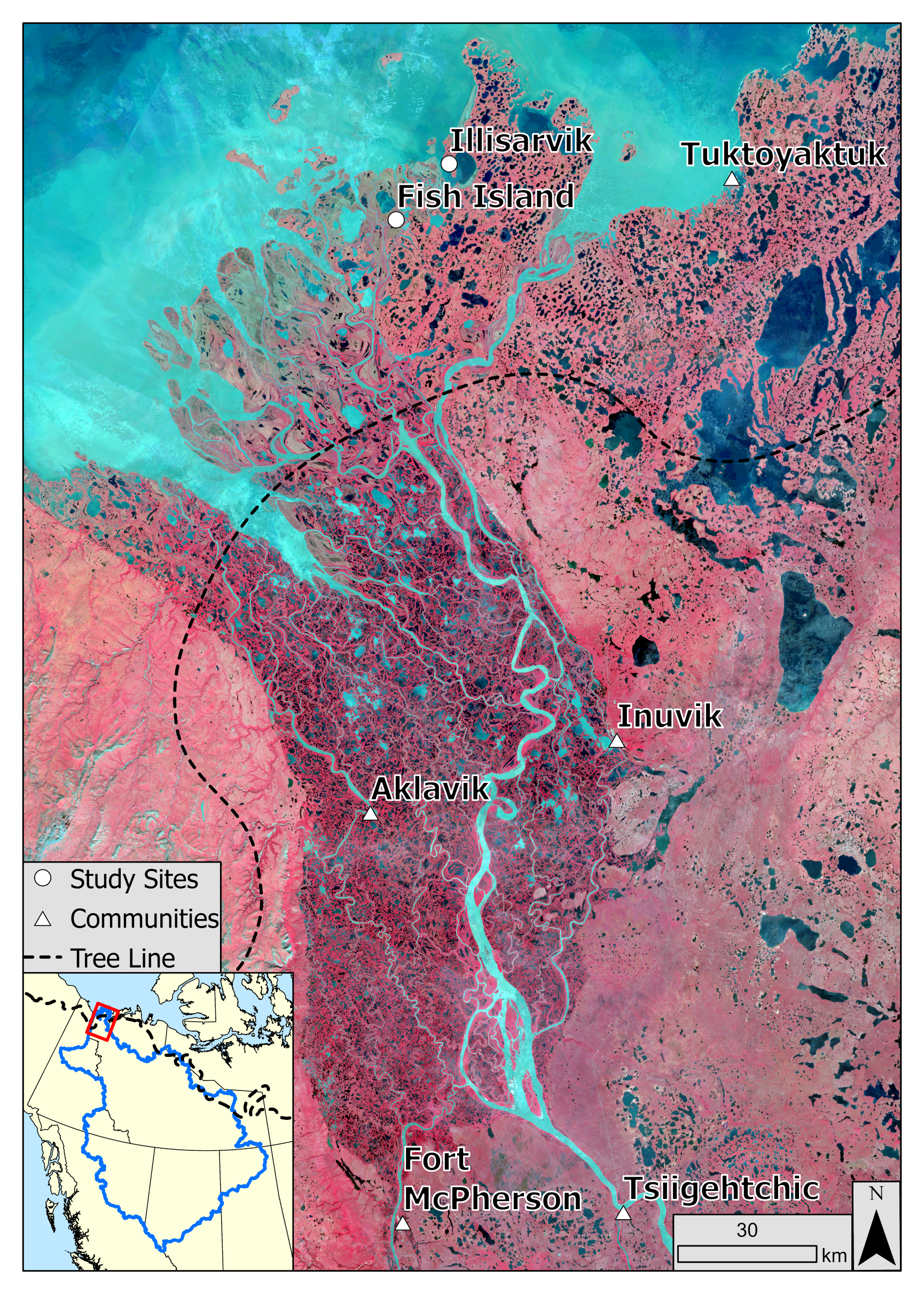
Geologic Methane
In thin/discontinuous permafrost, some gas seeps are visible to the naked eye!
- More work is needed:
- Map sources
- Quantify emissions
- Identify potential remediation strategies
How do we measure emissions?
Eddy covariance (EC) is a principal method to monitor landscape-scale fluxes (rate of emission/uptake).
- Measures wind velocity and gas concentration at high frequency (20 Hz)
- Gives a semi-continuous time series of half-hourly fluxes
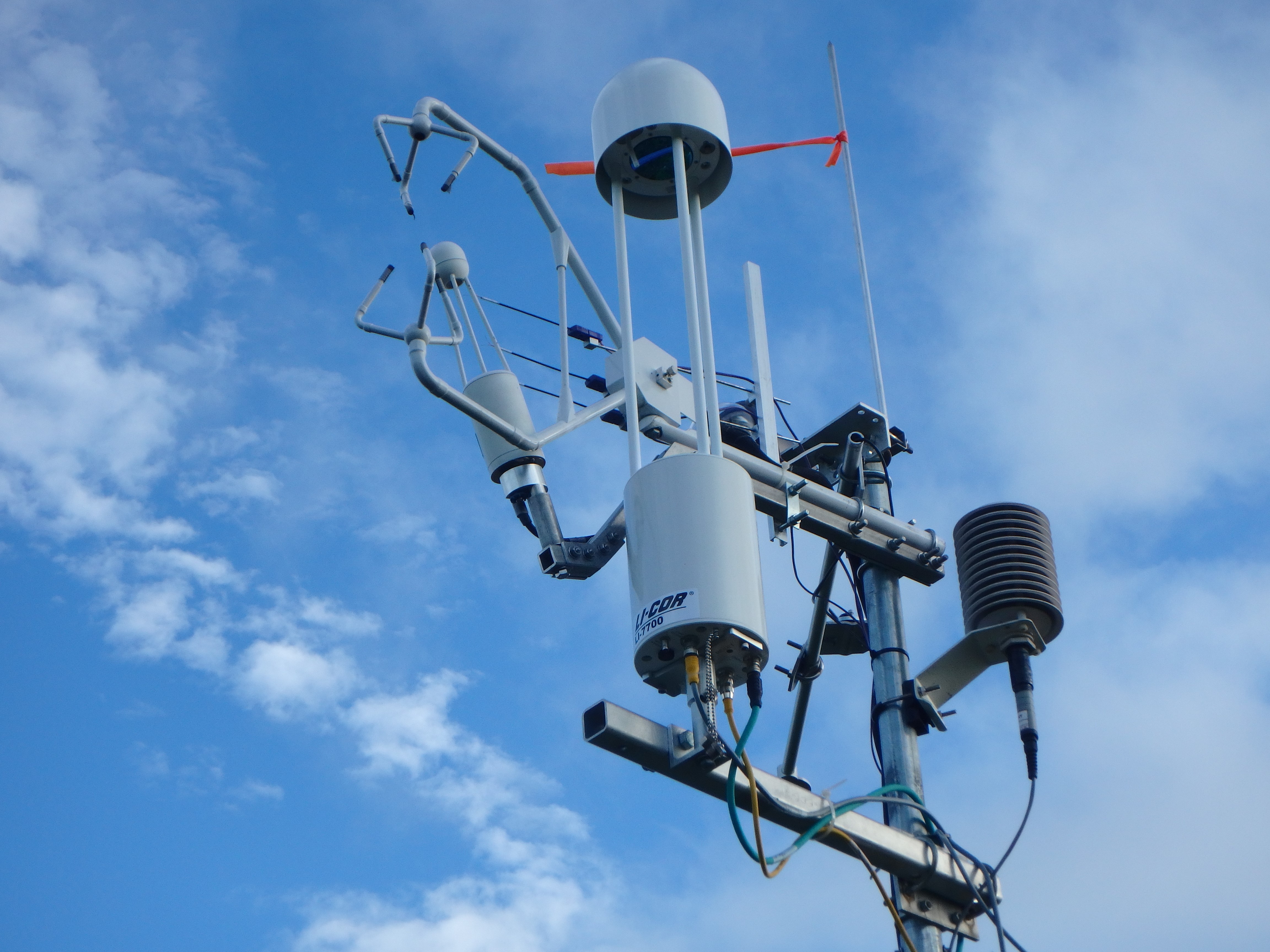
Limited Observations
EC systems are expensive, difficult to operate in remote environments, and require meticulous analysis.
- Bias towards accessible sites
- Canadian Arctic is under-represented

Swiss Cheese Lake
Established in summer 2024 to study the discontinuous permafrost zone.
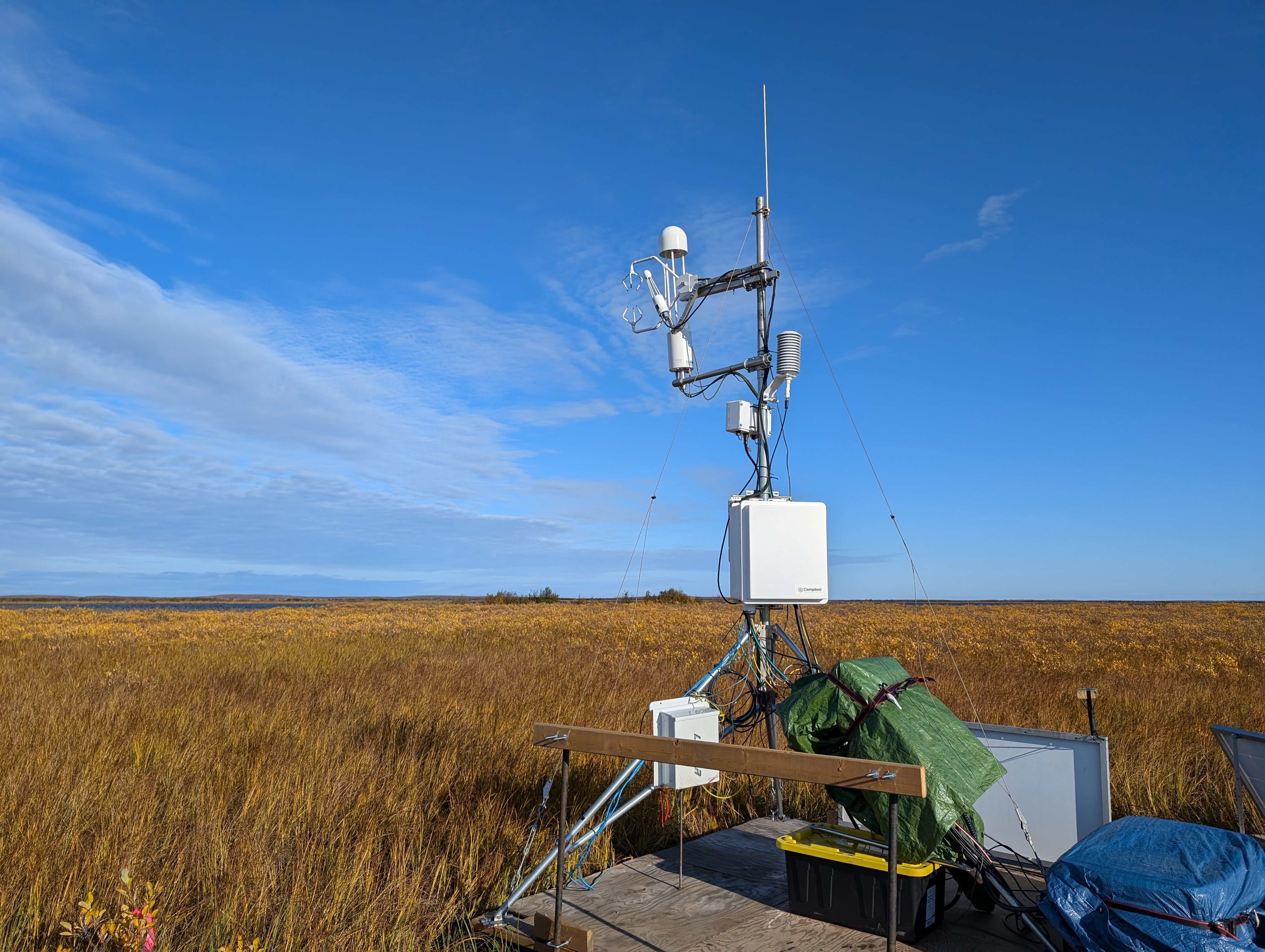
In a sedge wetland ecosystem “typical” of the outer delta.
Swiss Cheese Lake
Objective is to help understand biologic and diffuse geologic emissions in thin permafrost.
- What drives fluxes?
- How important are non-growing season emissions?
- What impact will permafrost degradation have?
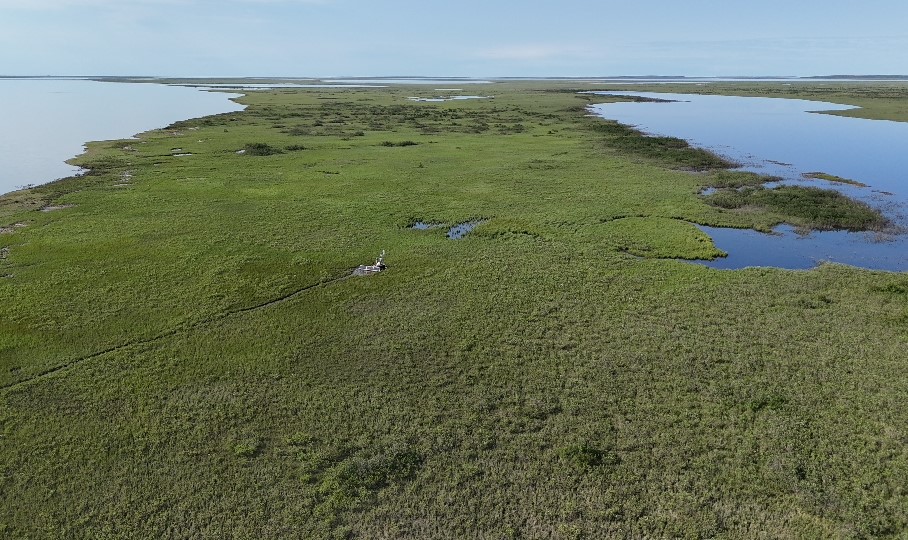
Analysis
Eddy covariance produces large volumes of data which are requires complex, computationally expensive processing.
- This poses a significant challenge to researchers
- Only ~10% of EC sites in Canada have published open-access datasets
- I am working on an open-source processing pipeline
- Standardize and streamline procedures
- Help other Canadian researchers process their data
Next steps
Installing upgraded sensors and upgrading the power system to support non-growing season measurements.
- 2024 was an exploratory campaign conducted using borrowed sensors
- 2025 will be run using GSC sensors
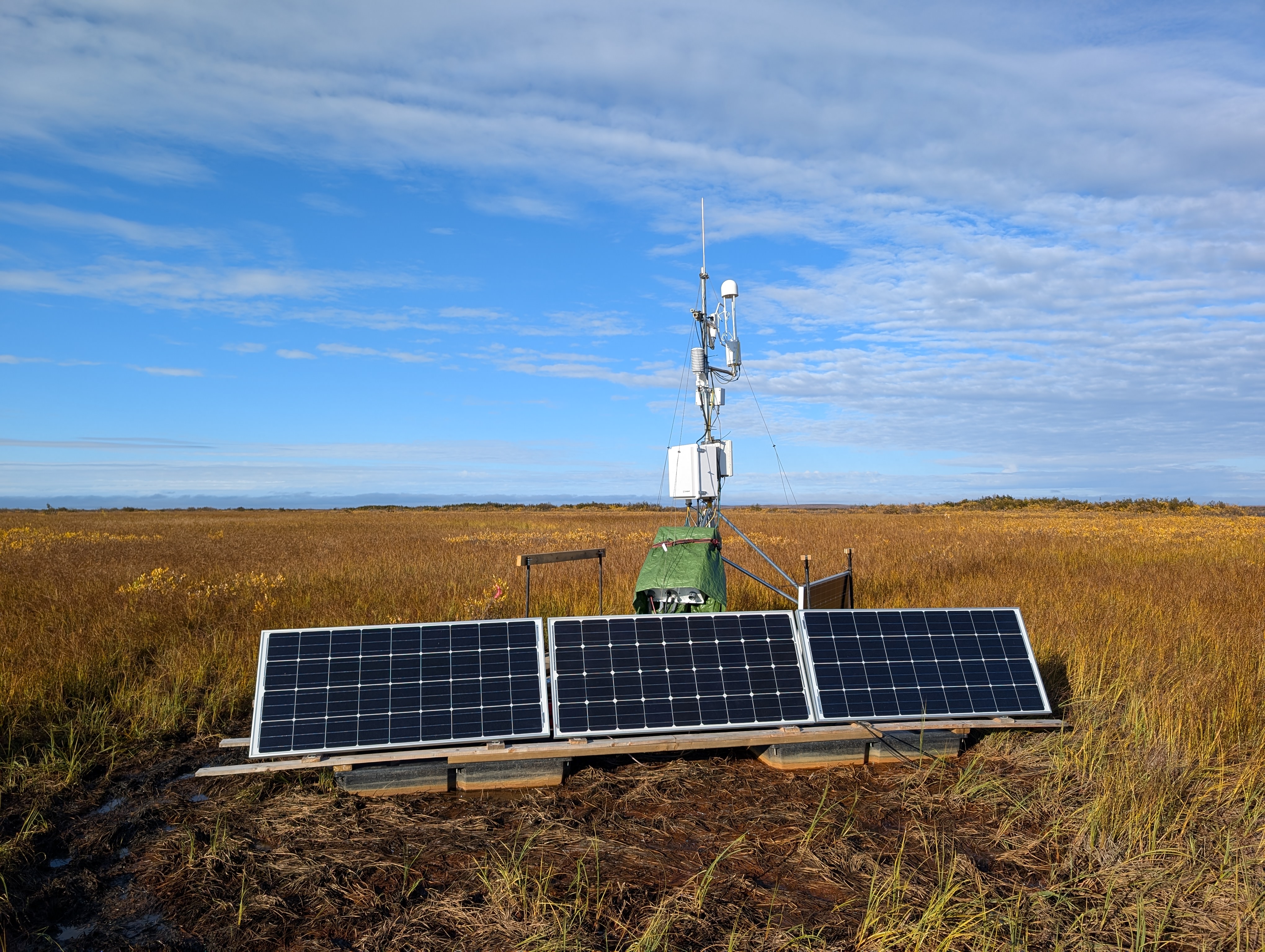
Further work
Swiss Cheese Lake can serve as an “anchor point” for more spatially targeted investigations.
- Flux chambers to investigate fine-scale patterns
- Use drone to target hot-spots in the surrounding area
- Temporary EC systems in natural and disturbed areas
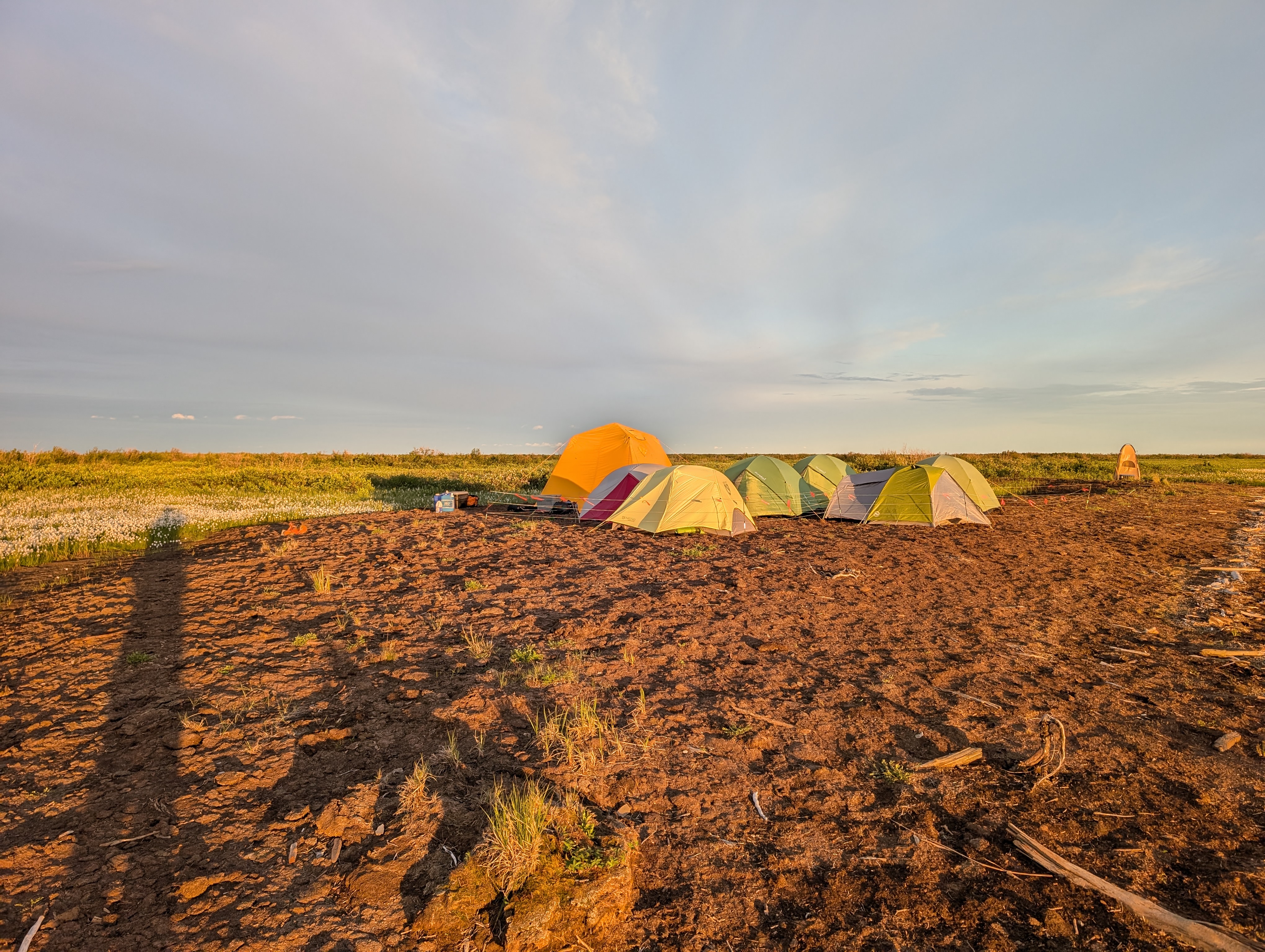
Thank you
Questions?